Cumin Powder – जीरा पाउडर
Cumin Powder is a widely used and fundamental spice in cuisines around the world, particularly in Indian, Middle Eastern, North African, and Mexican cooking. It is made by grinding dried cumin seeds (Cuminum cyminum) into a fine powder.
Origin and Form:
Cumin seeds are the dried fruit of a flowering plant in the parsley family. They are small, oblong, and typically light brown. Cumin powder is simply these seeds, roasted or unroasted, and then ground.
Flavor Profile:
Cumin powder has a distinct and strong flavor profile that is:
- Warm and Earthy: This is its most defining characteristic, providing a deep, grounding flavor to dishes.
- Slightly Bitter: A subtle bitterness that adds complexity.
- Pungent and Aromatic: It has a unique, pungent aroma that is instantly recognizable.
- Nutty: Especially when the seeds are dry-roasted before grinding.
The flavor of cumin powder is more intense and concentrated than that of whole cumin seeds. When whole seeds are used, they often release their flavor slowly as they crackle in hot oil, contributing a textural element as well. The powder integrates more smoothly into sauces and gravies.
Culinary Uses:
Cumin powder is incredibly versatile and used in a vast array of dishes:
- Indian Cuisine: It’s a cornerstone spice in almost every Indian curry, dal (lentil dish), and vegetable preparation. It’s often used in tempering (tarka/tadka) along with whole cumin seeds, or added directly to gravies and dry vegetable dishes. It’s also a key component of many spice blends like garam masala and curry powders.
- Middle Eastern and North African Cuisine: Essential in dishes like tagines, couscous, hummus, falafel, and various meat rubs and stews.
- Mexican and Southwestern Cuisine: A defining flavor in chili con carne, tacos, burritos, and various spice rubs for meats.
- Latin American Cuisine: Used in many stews, beans, and meat preparations.
- Soups and Stews: Adds depth and warmth to various broths and hearty stews.
- Marinades and Rubs: Frequently used in marinades for meats, poultry, and fish, as well as in dry rubs for grilling or roasting.
- Vegetable Dishes: Enhances the flavor of roasted vegetables like potatoes, cauliflower, and carrots.
Usage Tips:
- Toasting: Many cooks prefer to dry-roast whole cumin seeds before grinding them into powder. This process, known as “bhuna” in Indian cooking, intensifies their flavor and aroma, making the resulting powder more potent and complex. While pre-ground cumin powder is readily available, freshly ground, toasted cumin powder offers a superior aromatic experience.
- Adding during Cooking: Cumin powder can be added early in the cooking process to build a flavor base, or later to brighten a dish’s aroma.
- Storage: Like all ground spices, cumin powder loses its potency and aroma over time. It’s best to store it in an airtight container in a cool, dark place and replace it every 6-12 months for optimal flavor.
In Kumily, being in a spice-rich region like Kerala, you would find high-quality cumin powder, likely available freshly ground from local spice vendors, offering a much more vibrant aroma compared to pre-packaged options from distant sources.
Disclaimer: The image displayed and the details printed on the label are for demonstration purposes only. Actual product specifications, including MRP, manufactured date, expiry date, weight, and ingredients, may differ or change over time. Please refer to the latest packaging for accurate information.
We’ve used images to give you an idea of what to expect. Feel free to call us at 8590303380 if you’d like more details.


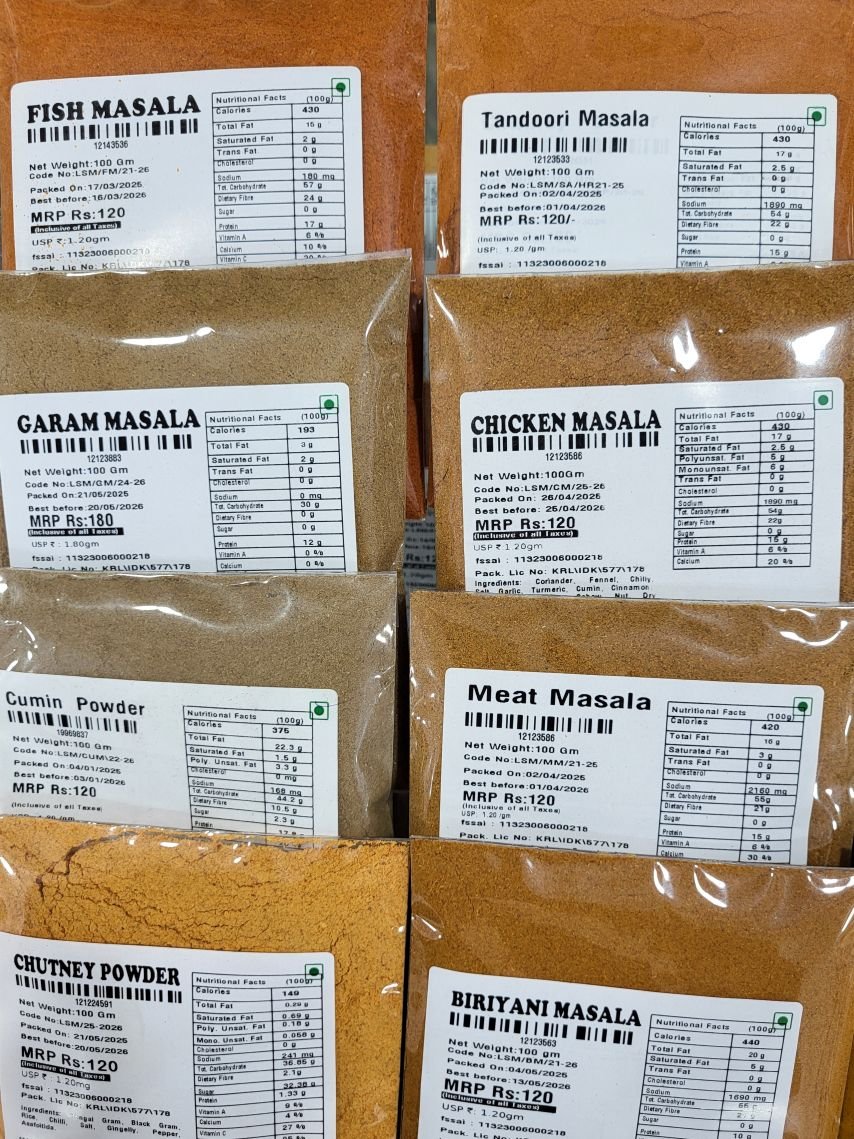
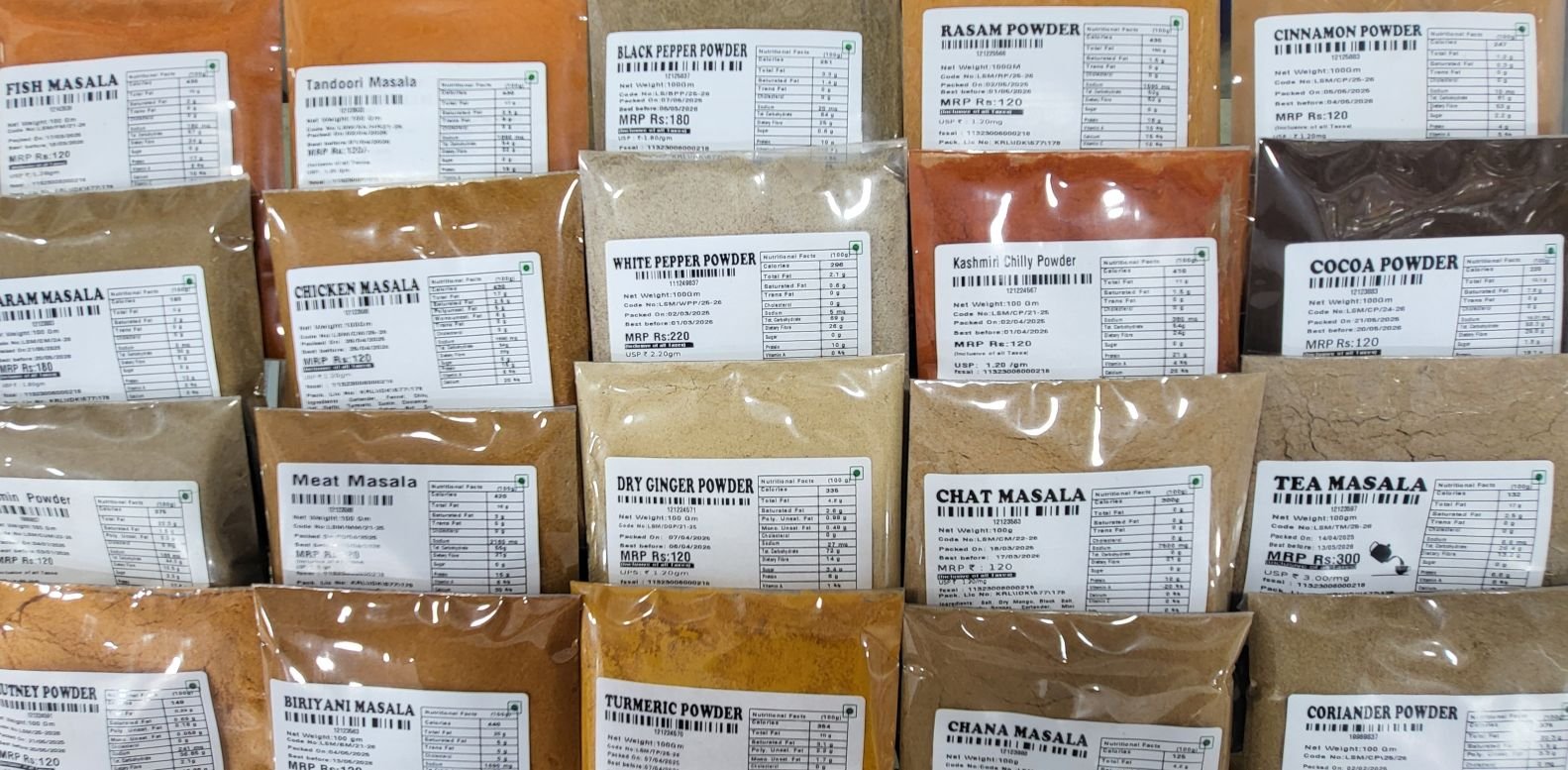
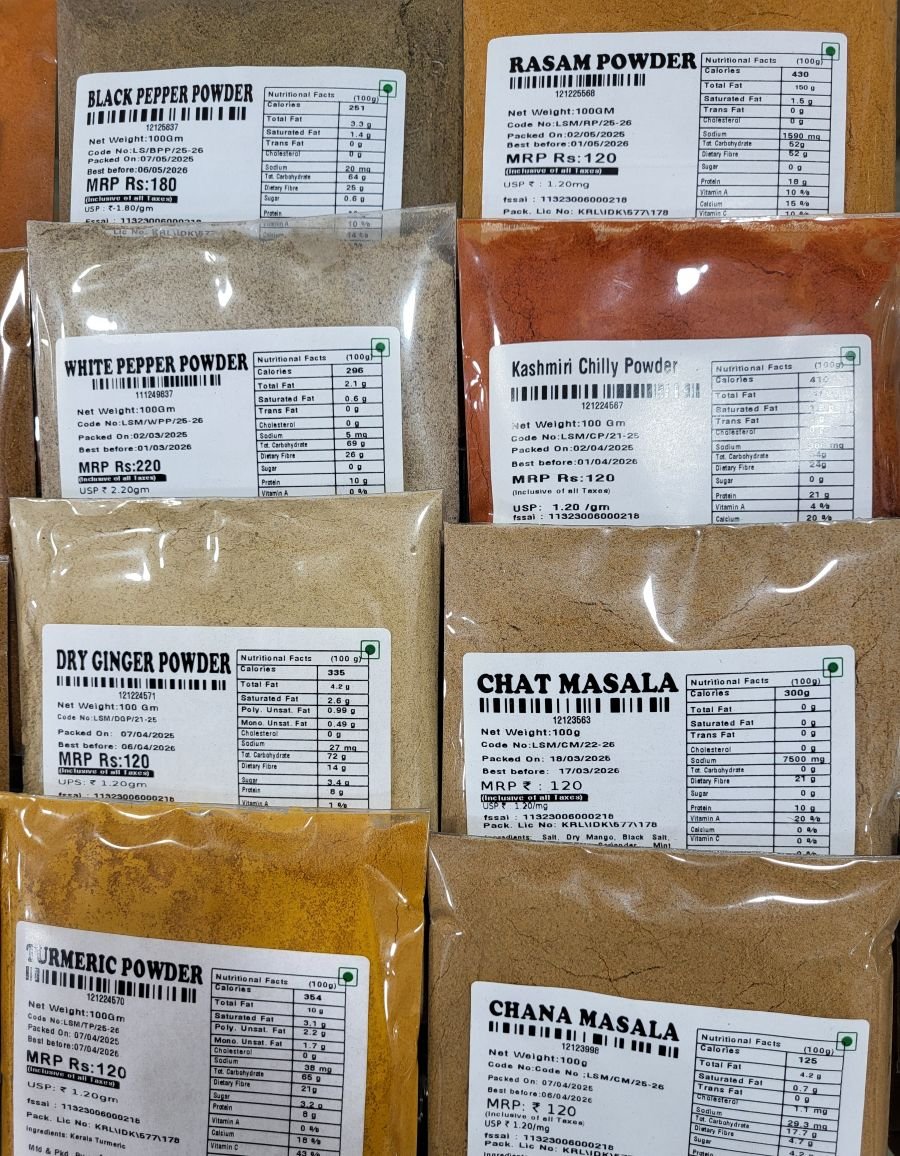
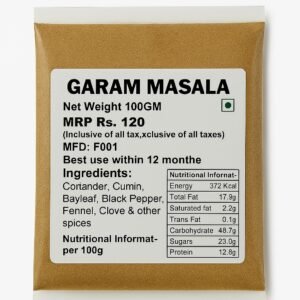
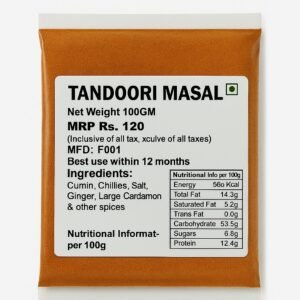
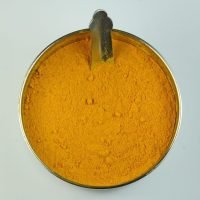
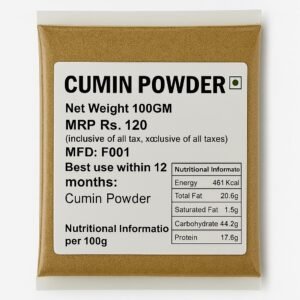
Reviews
There are no reviews yet